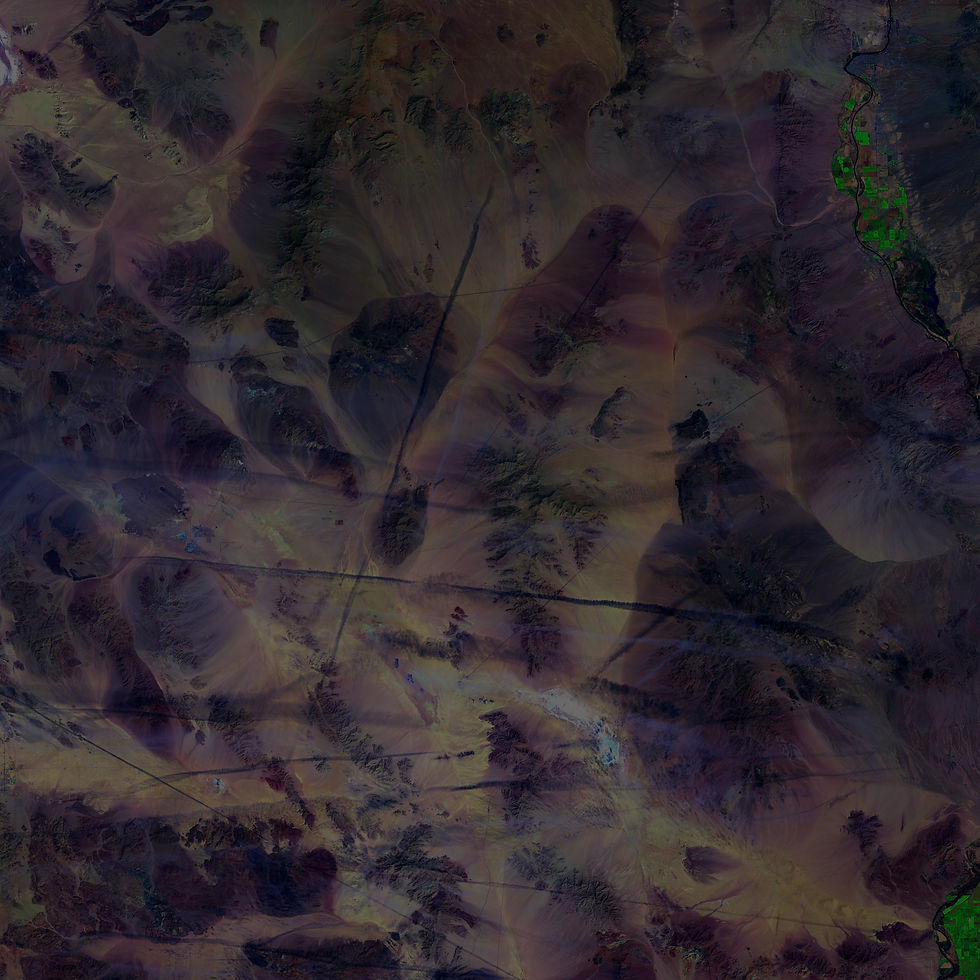top of page
Ciclo 2019-2026: Metahumanismo y hábitats experimentales
Enfasis en proyecto e investigación tecnológica, EAU, UN

RUWA-MOV
Portable and deployable water harvesting device
"If communities will not be able to come to water, then water must go to the communities". Although water is very scarce in the Sahel, it can be harvested from different sources for irrigation and human consumption. But, can a simple low-cost portable device provide multiple water farming alternatives? Ruwa-mov is a deployable light-weight device for water harvesting designed by architects at the School of Architecture and Urban Design at National University of Colombia. It can be easily transported by foot, animal traction or bicycle to reach remote areas, or zones that are hard to access. The deployable architecture and its dual-cone design provide multi-functional performance: storm water harvesting, fog catching, condensation, desalination, water purification and controlled irrigation. Ruwa-mov is an open-source design made with locally available materials and traditional techniques that can be replicable in Northern Africa. It functions with naturally occurring principles, providing fresh water for tree plantation, community gardens or human consumption across the distinct climatic and geographic conditions across the Sahel.

Más allá de la sostenibilidad +
Nuevas Materialidades +
Amenazas y Resiliencia + Bioclimática
Andrés IBAÑEZ +
Andrés F. PEREZ + Daniel ROJAS +
David PERICO
THE PROBLEM
40% of the people in the Sahel don’t have access to clean water and 13 million people don’t not have access to basic nutrition needs. While the average water consumption rate per capita worldwide is the 2,7 liters per capita per day, in the Sahel area it is 0,7. There are many vulnerable human groups in the area such as refugees and displaced families, and nomadic communities. The precarious road systems or total absence of it in most areas make it difficult to travel long distances to reach sources of water. The long droughts lasting 8 months affect agriculture and basic nutrition needs. Most of nomadic tribes move across the territory in search for water sources for their herds, most of these communities are marginalized culturally, economically, and physically. Up to 2012 rivers in their territory were privatized and transhumance corridors were closed or blocked. Most of women in the Sahel work on sedentary activities like farming, cooking, educating, nursing, etc. These activities require water, in absence of this precious liquid, these activities cannot be carried out. Women and children need to walk for hours to reach water sources and walk back home with heavy loads.

OUR VISION
Our vision is that by 2026, there is at least one entrepreneur team in every country that produces the Ruwa-mov and provides a feasible income and job opportunity for local communities out of the mesh fabrication. These man-made products will give Ruwa-mov more visibility and fosters a locally-based economy supported on the strengths of the traditional knowledge and techniques and simultaneously replicating a feasible source of water in new areas, which will in turn, ensure food safety and access to potable water.
The impact of the Ruwa-mov can be assessed by the number of people that will have access to clean water, the number of sustained micro farms, and the speed of replication of these devices across cultures and territories. A collateral impact is the emergence of water-reliant forms of production and survival like agricultural practices and cattle, that will use Ruwa-mov as one of their clean water sources. The recovery of nomadic populations and the change in their migration patterns and periods after implementing Ruwa-mov and having alternative sources of water that will reduce the migration distances.

HOW IT WORKS
Rwoa-Mov is a dynamic structure that adapts to different settings, climates, water availability; and can be easily transported to reach remote areas. Its low cost and light-weight. The teams applied biomimicry approach in the device´s surface for enhanced water condensation and water conduction. Material-catchment ratios were improved after applying these features found in desert plants in Colombia. Meshes that catch and condense water can be manufactured with waving techniques traditionally practiced by local women. These form of production fosters a new entrepreneurship niche in the region. The device can be easily deployed and undeployed. Dual cone system enhances condensation due to the pressure differential created. The design team uses two local strengths to help communities in the Sahel via the Ruwa-mov design: The great biodiversity to inspire specific nature-based solutions in the components of the Ruwa-mov, and the expertise Colombia has in water harvesting in desert areas like La Guajira (Apunajaa and Vik-sha projects for water cycle restoration and water farming devices). A partner team from National University was giving a patent for "Yaku", a rolling drum to facilitate water transportation.

RESEARCH
Members of the To-go Ecodesign participated in natured based competitions that were awarded internationally: First place in the Global Biomimicry Challenge, and finalists in the Climate Lounch Pad, Colombia, 2019. To-go Ecodesign participated in the design and implementation of the water management harvesting and treatment system for the PV4 Home, a house prototype that was awarded for comfort conditions, universal design and functioning in the Solar Decathlon Latin America and the Caribbean competition in 2019. The design team works with the department of hydraulic design from the faculty of Engineering at the National University of Colombia



bottom of page